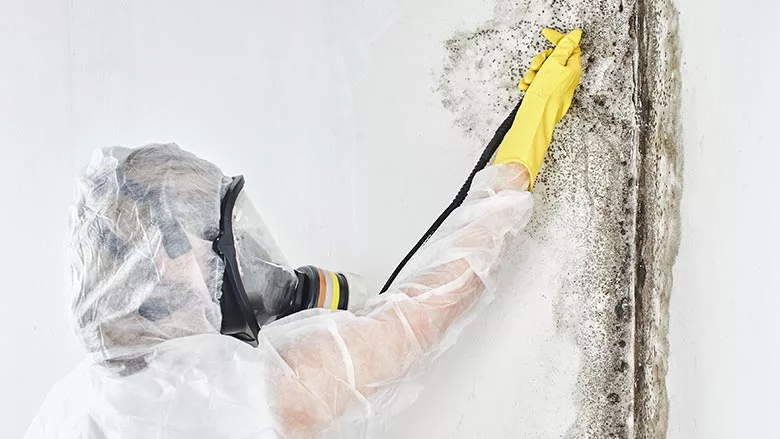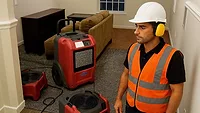Why Hands-On Training is Important
In today’s business climate we are all trying to cut cost. I am not only an IICRC-approved instructor, I too own and operate a restoration business. We have all been there, we get busy and lose sight of the little things that made our business successful. Couple that with the younger generation of technicians entering the work force that learn and retain knowledge completely different than past generations and the need for ongoing hands-on training is critical to keep your business running efficiently and profitably. Insurance carriers have recognized this and are sending more adjusters to flood houses for hands-on training than ever before.
Yesterday’s technician only needed to be able to perform physical labor such as extraction, demolition, equipment setup and monitoring. The readings taken during monitoring were not even required to be turned in for billing! Today’s technician is a whole different animal. There is an ever-growing trend for real-time information. Just in the past 5 years, we have progressed from turning in a spreadsheet at the end of a claim to now having an app that captures in real-time atmospheric and moisture contents readings, crew arrival time, job start time, job completion time and more. The office staff and the carrier can analyze this data the minute the technician enters it. I don’t know about you, but that is a little scary to think about. We are in the midst of a dynamic shift in information gathering. Today, more than ever, information can be obtained by the click of a mouse.
There are a number of excellent online classes pertaining to the restoration industry where you can sit in front of a computer and learn about many of the topics covered during in-person classes. Owners feel the crunch of sinking profit margins and choose to have their technicians “log on” for training. I understand this as a business owner. After all, if they perform online training you don’t have to pay travel expenses and be without them for the length of the class. But ask yourself this: Is it as effective as hands-on training where they can physically perform the task with an instructor’s guidance? I am all for online training, but there are some things that just can’t be replaced.
Today’s technician must posses the skill to communicate with the homeowner, adjuster, office staff and management. They must be able to assess the drying environment and make adjustments in real-time, not the next day. They must fully understand how their equipment works and how to get the most out of it and document it every step of the way. This is a challenge for business owners. Enter hands-on training.
There are many methods of hands-on training that you can seek. For the purpose of this article, we will focus on flood house training received through an IICRC-approved flood house. The first level of IICRC training in the water damage restoration field is Water Restoration Technician (WRT). During this training, the technician is introduced to the principles of restoration, meters and how to use them, dehumidifiers and how they work, calculations and equipment setup and many other topics. The next level of training is Applied Structural Drying (ASD), which is a three-day class and is designed to be taught hands-on in an approved flood house environment closely resembling differing structures and assemblies found in the real world. These classes can be combined to one five-day combination class where the student potentially leaves with two certifications (WRT and ASD) at the end.
Flood house hands-on training gives many advantages. For instance, the class size is limited so there is one-on-one interaction between the student and the instructor. During the class, the student will have the ability to learn about and use an array of equipment and complete several drying challenges ranging from hardwood floor drying using negative and positive pressure systems, double drywall with insulation, different water loss classes, ceramic tile over concrete backer board, direct glue carpet over various substrates, carpet and pad over various substrates, containment and chambering, direct heat application, desiccant and refrigerant dehumidifier operation and troubleshooting, invasive and non-invasive meters, thermohygrometers and more.
We are finding more and more that technicians respond best to hands-on training. Being able to apply what is learned via PowerPoint or lecture or skipping the PowerPoint and lecture all together and learning from hands-on interactions and demonstration is a preferred method of many. You may be new to the business of restoration or you may have been in the industry for 20-plus years, but with the ever evolving science in drying and new and improved equipment being released every year, there is always something new to expose yourself and your technicians to. Hands-on is hard to beat. Over the course of three, four or five days you can participate in the flooding of an actual house then work alongside others to learn new techniques to help bring your business to the next level, hopefully allowing you to grow profitably. The industry is constantly evolving and for that reason the importance of ongoing hands-on training is as important as ever.
Looking for a reprint of this article?
From high-res PDFs to custom plaques, order your copy today!




